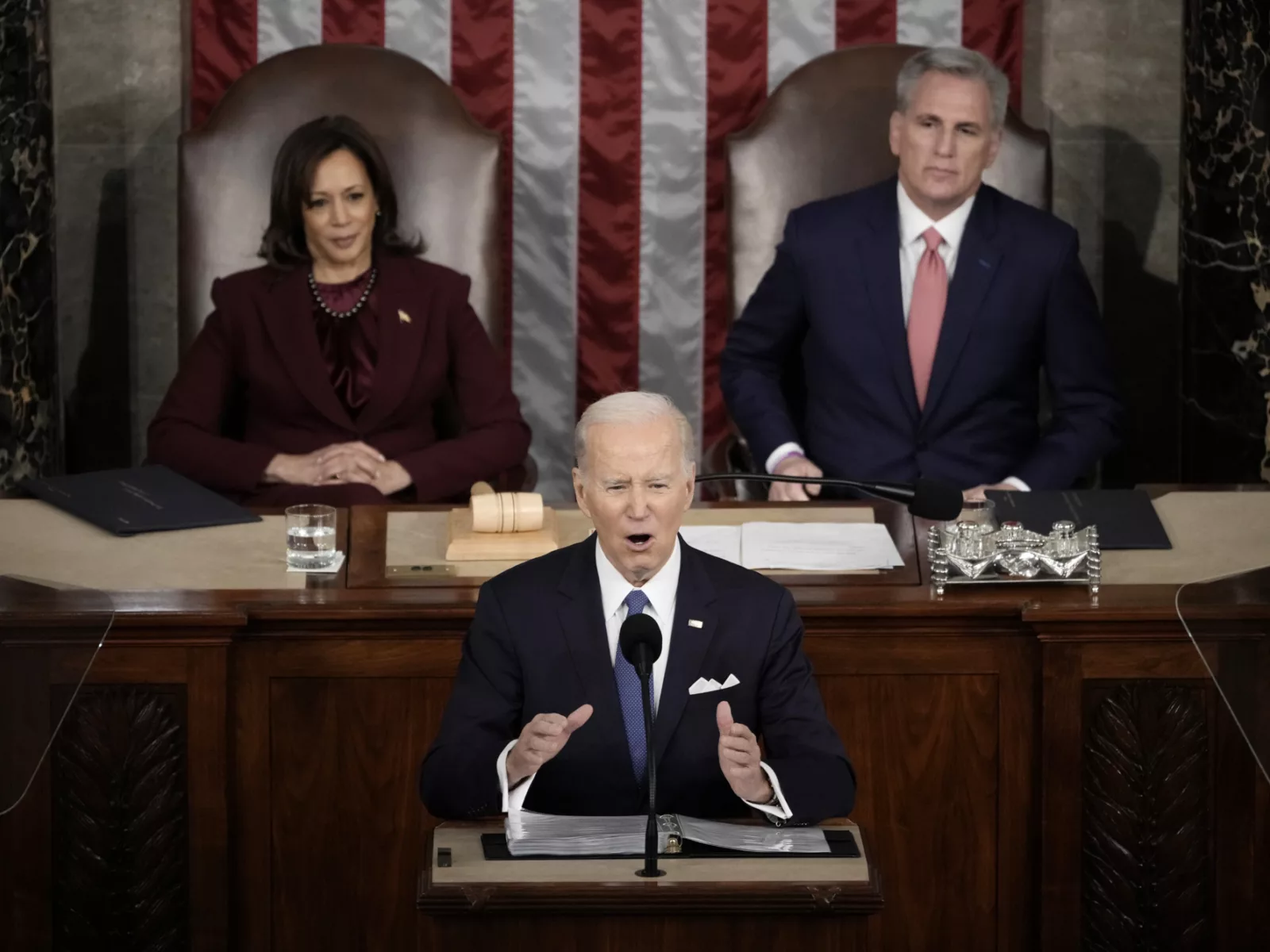With the country grappling with a global pandemic, it may seem a bit gloomy to bring up the topic of natural disasters, but when it comes to preparing for economic downturns, we think the analogy works.
Some recessions hit governments like an earthquake, seemingly out of the blue, leaving policymakers to pick up the pieces and scrambling to recover. The Great Recession rocked the economic Richter scale. Others are more like hurricanes forming out beyond the horizon, then making their way to shore, with experts working to predict their path and intensity. There appears to be a hurricane-like recession headed toward state and local governments as we write, and we think they should start boarding up the windows now.
Only three months ago you could have asked a lot of experts whether they thought a recession was looming and what might cause it. Even if any of them suggested an economic downturn was coming, no one would have predicted it would be caused by a global pandemic. But here we are today with an economy in which large sectors have already begun slowing down and layoffs are beginning. If we aren’t already in a recession, it is looking pretty likely.
From the federal perspective, the storm has already hit. Monetary policy is often viewed as our country’s most effective recession-fighting tool. The federal reserve has taken several dramatic steps over the past few days, but the Fed is not omnipotent. With the announcement that interest rates will be dropped to zero, it may be approaching the limits of its reach. Going forward, it will fall on fiscal policies – taxing and spending – to respond to this shock.
Research has shown the importance for timely fiscal stimulus packages. Congress has quickly taken steps on several measures designed to bolster access to health services and provide economic relief to individuals and businesses.
So far, however, there has been less attention paid to relief for state and local governments. In January, Tracy Gordon, a public finance expert at the Urban Institute, outlined for Congress ways in which current federal grants and funding formulas can act as economic stabilizers for states when targeted based on needs. States will also have to step up and do their part on the fiscal front. Although it is difficult to know what will happen in terms of the health threat, we feel confident in predicting what will happen on the fiscal front.
As the population hunkers down, economic activity slows. Individuals will work less and some will lose their jobs. Not working or working less has consequences for state and local governments. Some of those individuals will look to government for help – in some cases to literally put food on their table. These increased demands for services, plus the additional health care costs directly associated with the virus, translates into higher overall public spending right now.
Despite all of the doom and gloom, there is some good news: The impact of the economic decline won’t hit state budgets for several months and there is time to get ready for it.
Not only will states face increased expenditures, their revenue streams, such as income and sales taxes which rise and fall with the economy, will decrease as well. Some states like Texas (which could face a double whammy because of the oil shock) may experience quite significant declines in revenue. With their balanced budget requirements, policymakers will be pressured to either increase taxes or cut spending on critical public services. To alleviate this fiscal pressure, as was done during the last recession, state and local governments had to make dramatic cuts to education and safety net programs. Additionally, they created new revenue streams, such as increasing fines and fees in the criminal justice system. These decisions were fiscally punitive for individuals, families, and communities and quite possibly prolonged the impact of that economic shock.
Despite all of the doom and gloom, there is some good news: The impact of the economic decline won’t hit state budgets for several months and there is time to get ready for it. The fiscal equivalent of battening down for the hurricane is to freeze new spending commitments, encouraging agencies to squirrel away what funds they can from the current year, and getting ready to reprogram one-time dollars to offset a nearly certain drop in revenues.
Wherever a state may be in its budget process for next year, we feel pretty confident in predicting that they now have begun with an inflated estimate of their total revenues. Starting to make adjustments for that drop will be hard now. Waiting until the full force of the economic downturn hits state treasuries will be much harder.
These are unprecedented times for our country. State policymakers are working extremely hard to respond to the current health crisis. There is an economic shock as well, and like a hurricane, we can see it coming, even if we don’t know exactly when it will hit or how intense it will be.
Congress has taken the first steps to help get ready, but state governments need to be working now to prepare for when the fiscal storm hits home. Preparations made now could ease the pain of the next recession and help speed the recovery process.













